Technological Innovations in Engine Design
Technological innovations are reshaping the Marine Reciprocating Engine Market, as advancements in engine design and materials are enhancing performance and efficiency. Recent developments in computational fluid dynamics and materials science have enabled manufacturers to create engines that are lighter, more durable, and capable of operating at higher efficiencies. For example, the introduction of advanced combustion technologies and turbocharging systems has led to significant improvements in fuel consumption and power output. Furthermore, the integration of smart technologies, such as predictive maintenance and real-time monitoring, is becoming increasingly prevalent. These innovations not only improve operational efficiency but also reduce downtime and maintenance costs. As a result, the Marine Reciprocating Engine Market is likely to benefit from these technological advancements, attracting investments and fostering competitive advantages among manufacturers.
Investment in Marine Infrastructure Development
Investment in marine infrastructure development is a key driver for the Marine Reciprocating Engine Market. As countries prioritize the enhancement of their port facilities and shipping routes, the demand for efficient marine engines is expected to rise. Recent government initiatives aimed at modernizing ports and expanding shipping capabilities are likely to create a favorable environment for the marine engine market. For instance, investments in new shipping lanes and port upgrades are anticipated to increase the operational efficiency of marine transportation. This, in turn, will drive the need for advanced reciprocating engines that can support larger vessels and higher cargo capacities. The ongoing investment in marine infrastructure is expected to significantly impact the Marine Reciprocating Engine Market, fostering growth and innovation.
Regulatory Compliance and Environmental Standards
The Marine Reciprocating Engine Market is significantly influenced by stringent regulatory compliance and environmental standards. Governments and international organizations are implementing rigorous regulations aimed at reducing greenhouse gas emissions and promoting cleaner marine operations. For instance, the International Maritime Organization has set ambitious targets for reducing emissions from ships, which has led to a heightened focus on developing engines that comply with these standards. As a result, manufacturers are compelled to innovate and enhance the efficiency of reciprocating engines to meet these requirements. The market is witnessing a shift towards engines that not only comply with existing regulations but also anticipate future standards. This trend is expected to drive investments in research and development, thereby fostering growth within the Marine Reciprocating Engine Market.
Increasing Demand for Efficient Marine Transportation
The Marine Reciprocating Engine Market is experiencing a surge in demand for efficient marine transportation solutions. As global trade continues to expand, the need for reliable and fuel-efficient engines becomes paramount. According to recent data, the marine transportation sector is projected to grow at a compound annual growth rate of approximately 4.5% over the next five years. This growth is driven by the rising volume of goods transported by sea, necessitating advanced engine technologies that enhance fuel efficiency and reduce emissions. Consequently, manufacturers are focusing on developing reciprocating engines that meet stringent environmental regulations while providing optimal performance. The increasing demand for efficient marine transportation is likely to propel the Marine Reciprocating Engine Market forward, as stakeholders seek to invest in innovative solutions that align with sustainability goals.
Growth of the Fishing and Recreational Boating Sectors
The Marine Reciprocating Engine Market is bolstered by the growth of the fishing and recreational boating sectors. As leisure activities and fishing become more popular, the demand for marine engines that cater to these markets is on the rise. Recent statistics indicate that the recreational boating industry is expected to grow at a rate of 3.2% annually, driven by increasing disposable incomes and a growing interest in outdoor activities. This trend is prompting manufacturers to develop specialized reciprocating engines that offer enhanced performance, reliability, and fuel efficiency for recreational and fishing vessels. The expansion of these sectors is likely to create new opportunities for the Marine Reciprocating Engine Market, as stakeholders seek to capitalize on the increasing demand for high-quality marine engines.


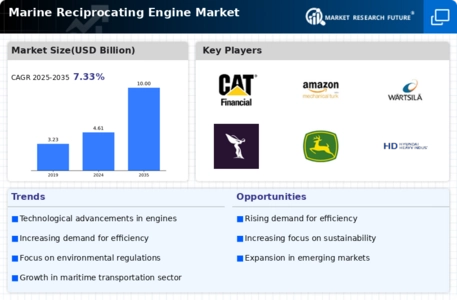
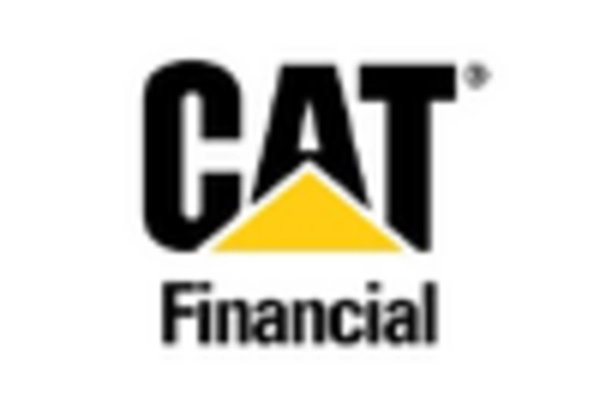
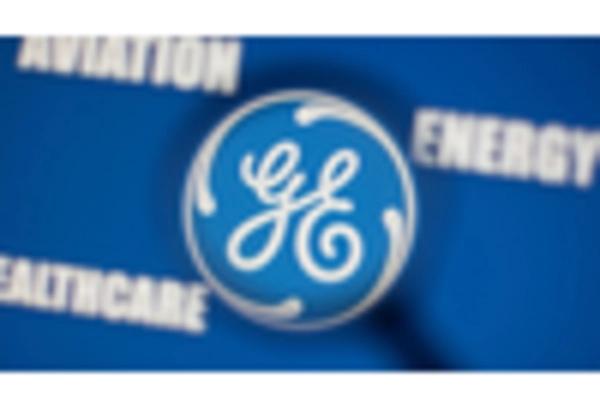
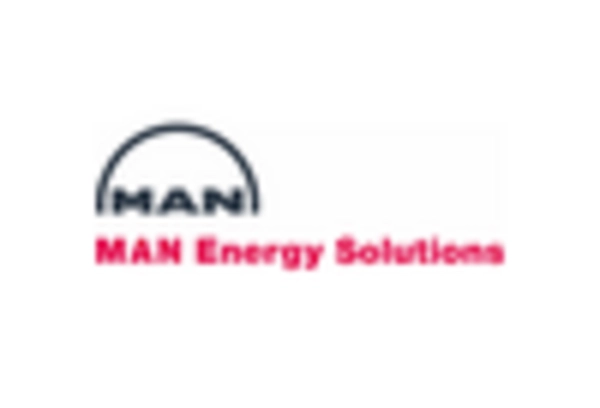
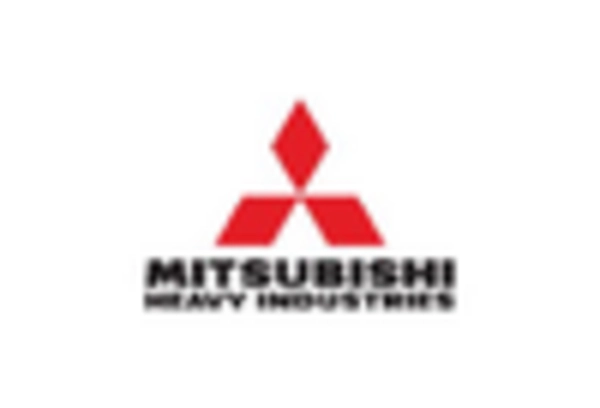










Leave a Comment